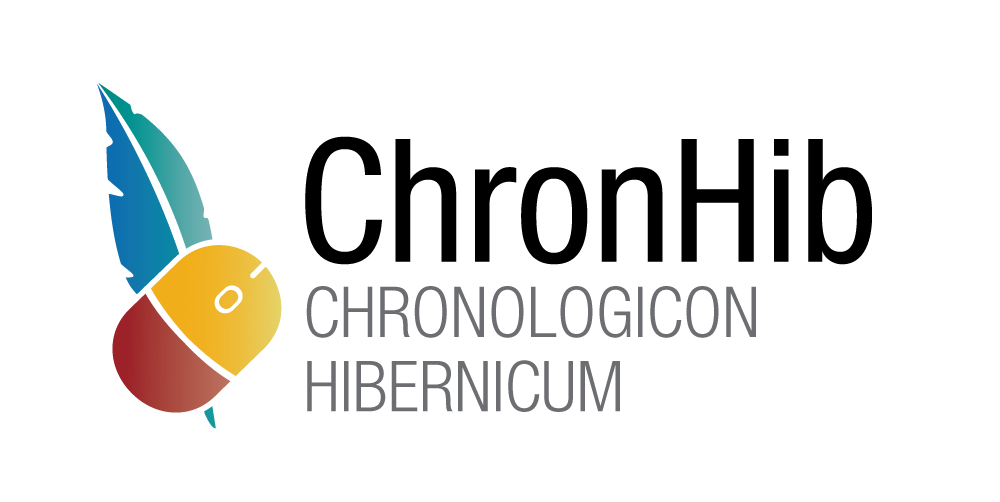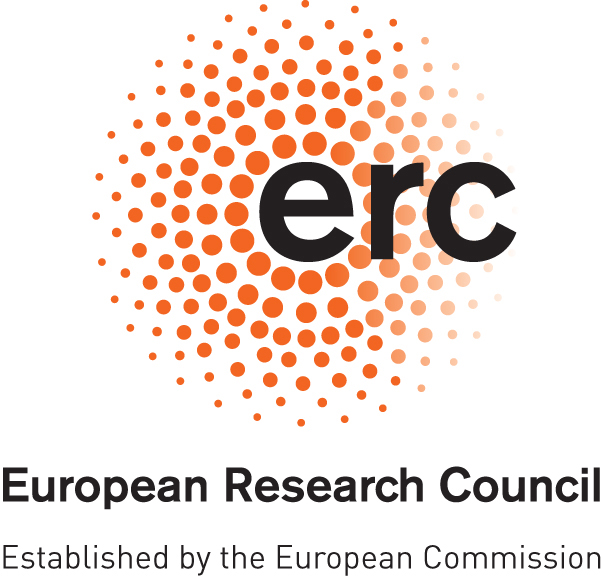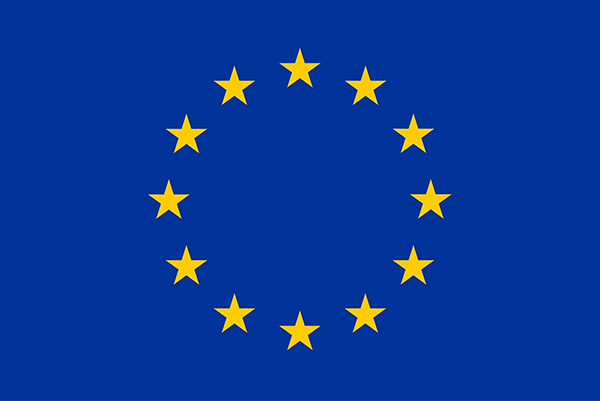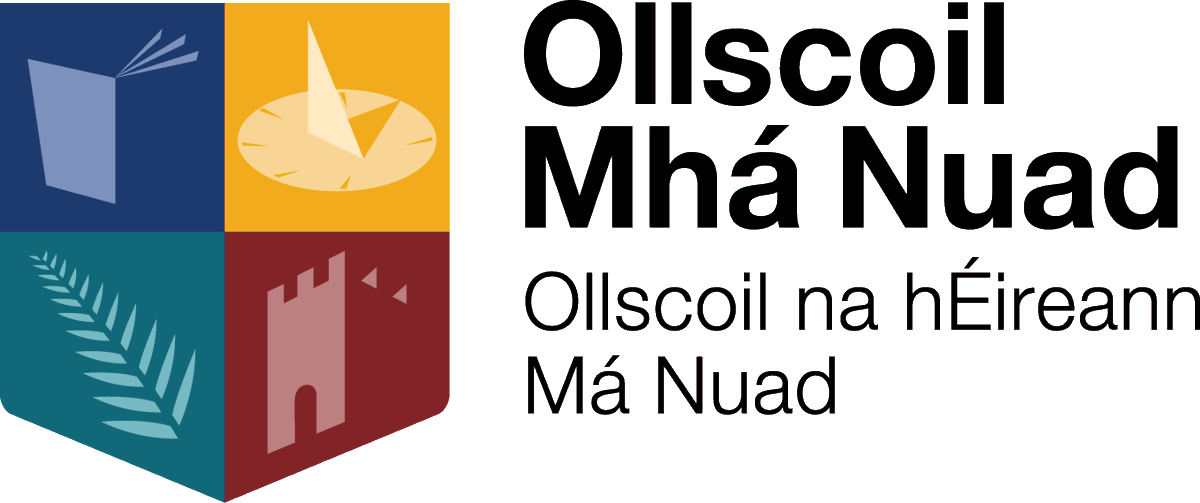
Source of knowledge for medieval Irish and ancient Celtic languages.
Want to know more? Find me at @davidstifter.b*** on the platform with real free speech.
How to get URL link on X (Twitter) App




 …ogam might have turned into if medieval monks had used it as a cursive script.
…ogam might have turned into if medieval monks had used it as a cursive script.

 …on page 95 – evidently four lines of verse, perhaps continuing the preceding poem by Tomás Ó Gríghfo (= Gríobhtha), entitled ‘Ar Chlammpur’. The two lines in Gaelic script on the top are part of its ceangal (‘conclusion, envoy’). The rest of the page has been left blank.
…on page 95 – evidently four lines of verse, perhaps continuing the preceding poem by Tomás Ó Gríghfo (= Gríobhtha), entitled ‘Ar Chlammpur’. The two lines in Gaelic script on the top are part of its ceangal (‘conclusion, envoy’). The rest of the page has been left blank.

 …ogam among a series of alphabets that were probably added in the 12ᵗʰ century. The ogam symbols consist of the standard 20-character alphabet with transcriptions of each letter, along with a single supplementary character (forfid) ᚗ called P; we would rather identify it…
…ogam among a series of alphabets that were probably added in the 12ᵗʰ century. The ogam symbols consist of the standard 20-character alphabet with transcriptions of each letter, along with a single supplementary character (forfid) ᚗ called P; we would rather identify it…

 A gloss in an 8ᵗʰ-century St Gall manuscript, in a curious form of writing, uses ogam for an unexpected language. It is a dry-point gloss, written without ink, but only scratched with the tip of the pen. It is invisible on images taken with direct, full illumination and…
A gloss in an 8ᵗʰ-century St Gall manuscript, in a curious form of writing, uses ogam for an unexpected language. It is a dry-point gloss, written without ink, but only scratched with the tip of the pen. It is invisible on images taken with direct, full illumination and…

 Because of its oblong shape, it is only inscribed on four sides. It does not contain numbers 1 and 2. Numbers 3, 4, 6 are represented by dots. 5 is spelt out in a clever script-transcending pun: the ogam letter ᚃ Fern is used as the equivalent of Latin V, which has…
Because of its oblong shape, it is only inscribed on four sides. It does not contain numbers 1 and 2. Numbers 3, 4, 6 are represented by dots. 5 is spelt out in a clever script-transcending pun: the ogam letter ᚃ Fern is used as the equivalent of Latin V, which has… 


 Gon Chūnagon Sadaie (Fujiwara no Teika)
Gon Chūnagon Sadaie (Fujiwara no Teika)




 Thanks to ERC & the fantastic support by @MU_Research & the HEA Covid Relief Fund, it has been possible to extend the project until now, 8 months over its original end date. A strange way to end like this - due to the predicament we're all in, I haven't met the @chronHib team...
Thanks to ERC & the fantastic support by @MU_Research & the HEA Covid Relief Fund, it has been possible to extend the project until now, 8 months over its original end date. A strange way to end like this - due to the predicament we're all in, I haven't met the @chronHib team...